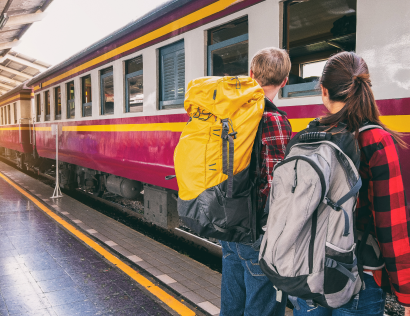TRAVELLER FRICTION
10/05/2014
Written by Frederic Kalinke
For years, travel managers have faced the balancing act of keeping the travellers of their organisation happy whilst at the same time creating efficiencies in their programs to meet the targets imposed on them by their company. At the recent ITM Conference, Scott Gillespie, Managing Partner at tClara, illustrated how these previously opposing forces could be combined to work in everyone’s favour.
Traditionally, data which has been used to set policies and drive savings related purely to the procurement of travel services, be that a hotel stay, rail ticket, air ticket or vehicle rental. Generally speaking, the lower the quality of service, the lower the cost. It stands to reason therefore that to drive savings, organisations have often tightened their travel policy or downgraded the service that their employees are permitted to experience; many times we have seen economy flights become the norm even in some cases on longer journeys.
Scott used the example of an employee who was asked by her employer to travel in economy between London and Bangalore 3 times over a 1 month period and he asked how long it would be before the requirement to travel became a point of friction between the employee and employer? What cost does this travel or trip friction cause, that is traditionally not measured by travel managers? Some data points exist within businesses which may help to answer that question, such as the level of staff turnover, productivity metrics, cost per hire and performance ratings.
By combining the savings achieved through the program with the costs associated with trip friction, it becomes immediately obvious where the travel policy should sit. Using this hard data allows the travel manager to engage with and educate the key stakeholders within their business.
When managing rail as part of a travel policy, a recent survey we undertook showed that 64% of respondents allowed travel in first class where the journey time was over a certain duration. The most frequent threshold for this upgrade was 3 hours. Does this threshold need to reduce to mitigate the costs of traveller friction? Do lower travel costs allow your rail policies to be more generous than air? Can you promote rail over air for a more comfortable, less stressful journey? We’d like to hear what your answers are to these questions – leave us a comment below.
If you’d like to know more about trip friction and how to mitigate against it, take a look at Scott Gillespie’s full deck of slides by clicking here.




